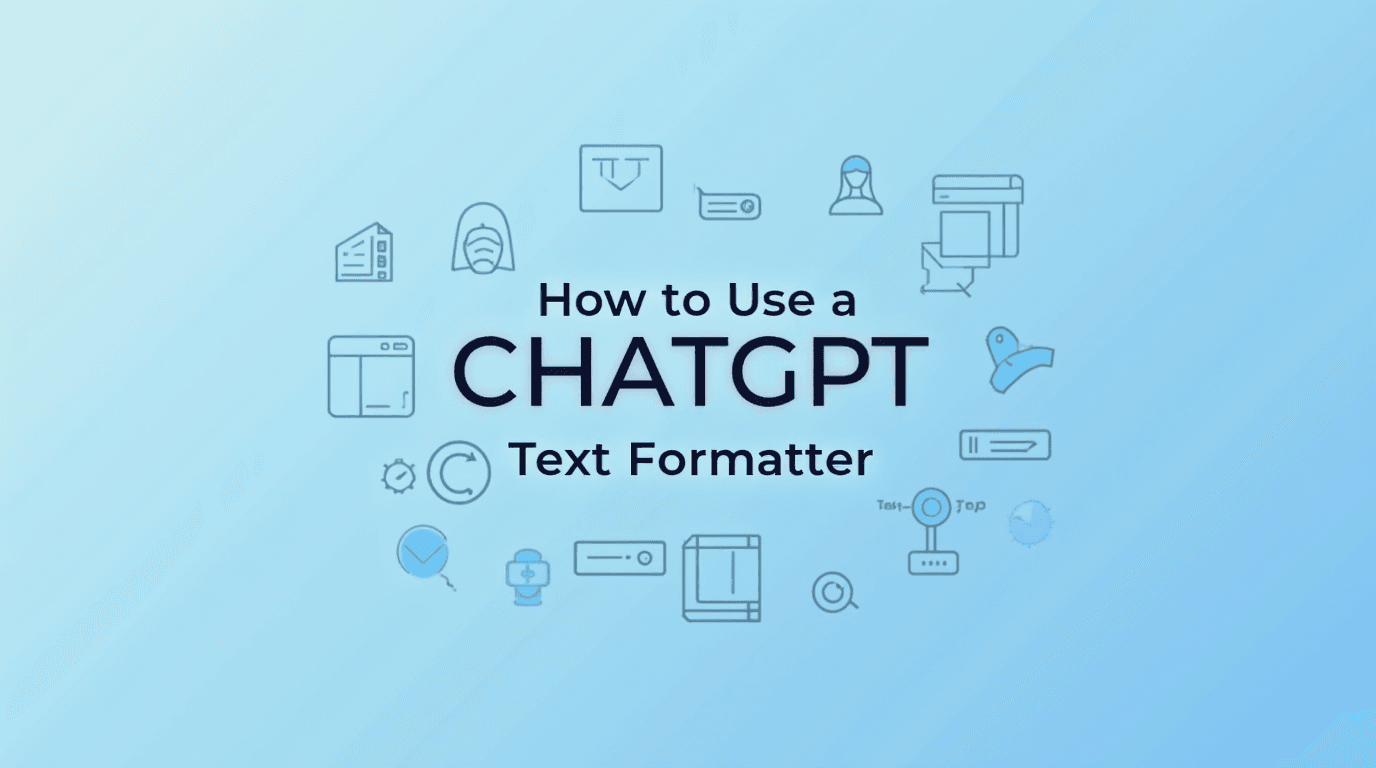Multilingual content has evolved to be a necessity and no longer a luxury in the digital world connected by globalization. For example, If You Are The Owner of an E-commerce store, a Blog, or planning to launch international marketing campaigns, the possibility to produce quality content in various languages can significantly contribute to increase of your reach and engagement.
AI Text Formatter is a manual appliance that formatting content in several languages easier. If you already understand its core functionalities, now you have to identify all its possibilities for multilingual applications. This Guide will demonstrate how to leverage AI Text Formatter to its full potential in creating multilingual content.
Why Use AI Text Formatter for Multilingual Content?
Before diving into the “how,” let’s quickly review why AI Text Formatter stands out for multilingual content creation:
- Advanced Translation Features: The tool supports multiple languages, ensuring accurate translations while maintaining context and tone.
- Customizable Formatting: Easily adapt text styles, tones, and structures to suit various cultural preferences.
- Time-Saving: Saves you hours of manual work by streamlining the formatting process.
Let’s take a step-by-step look at how to tap into these capabilities.
Step 1: Prepare Your Source Content
The foundation of any successful multilingual project begins with clear, well-written source material. Ensure your original content is clear, concise, and free of errors before translating it. Here are some tips:
- Write in plain language to facilitate easier translation.
- Avoid idioms or culturally specific references unless necessary.
- Structure your content logically (e.g., use headings, bullet points) for better readability across languages.
Once your source content is ready, input it into AI Text Formatter.
Step 2: Start Converting Your Text
At AI Text Formatter, we simplify the process of multilingual content creation by automatically detecting and formatting your text. Unlike tools that require you to manually select a target language, our platform streamlines the process for effortless conversion.
To begin:
- Navigate to the Text Converter Page: Open the tool on AI Text Formatter.
- Paste Your Content: Simply copy and paste your text into the input field.
- Initiate Conversion: Click the “Convert Text” button. Our system will automatically detect the language, analyze its structure, and provide you with a formatted output.
Pro Tip: While we don’t offer specific regional variant selection (e.g., US vs. UK English), our AI-driven technology ensures accurate formatting and adaptation based on the detected language. For projects requiring precise localization, consider refining the output manually or consulting native speakers for cultural nuances.
Step 3: Translate and Adapt Content
One of the standout features of AI Text Formatter is its ability to translate content while preserving meaning and context. Here’s how it works:
- Input your source text into the designated field.
- Click on the “Convert Text” button.
- Review the translated output for clarity and relevance.
If needed, fine-tune the translation manually by adjusting phrases or words to better fit the target audience’s culture or preferences.
Step 4: Optimize for SEO
Multilingual SEO requires more than just translating keywords. To ensure your translated content ranks well in search engines:
- Keyword Research: Identify high-intent keywords in the target language using tools like Google Keyword Planner or SEMrush.
- Meta Tags: Customize meta titles, descriptions, and headers for each language version.
- Localization: Incorporate local phrases, idioms, or slang where appropriate to make the content feel authentic.
AI Text Formatter can assist by suggesting optimized text based on your input.
Step 5: Format for Readability
Formatting plays a critical role in enhancing user experience, especially when dealing with multiple languages. Consider the following best practices:
- Headings and Subheadings: Use H1, H2, and H3 tags to structure your content clearly.
- Bullet Points: Break down complex information into easy-to-read lists.
- Paragraph Length: Keep paragraphs short and focused to maintain reader interest.
The tool’s built-in formatting options allow you to apply these principles effortlessly.
Step 6: Proofread and Refine
Even the most advanced AI tools require human oversight. After generating your translated content:
- Proofread for grammatical errors, awkward phrasing, or mistranslations.
- Test the content with native speakers if possible to ensure authenticity.
- Make final adjustments as needed.
Step 7: Export and Publish
Once satisfied with your multilingual content, export it in your preferred format:
- Plain text for copy-pasting.
- HTML for web pages.
- PDF for downloadable documents.
Upload the content to your website, social media platforms, or other distribution channels.
Bonus Tips for Success
- Consistency Across Languages: Maintain a consistent tone and style across all versions of your content to reinforce brand identity.
- Cultural Sensitivity: Be mindful of cultural nuances and avoid content that may offend or confuse international audiences.
- Regular Updates: As your business evolves, keep your multilingual content up-to-date to reflect new products, services, or promotions.
Conclusion
Creating multilingual content doesn’t have to be a daunting task. With AI Text Formatter, you have access to a versatile tool designed to formatting and publishing. By following the steps outlined above, you can produce high-quality, engaging content that resonates with diverse audiences worldwide.
Ready to start expanding your global presence? Visit AI Text Formatter today and take the first step toward multilingual content success!



